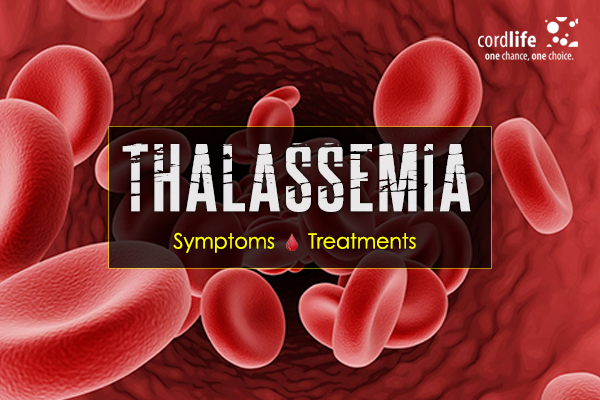Table of Contents
Thalassemias are a heterogeneous group of genetically transmitted disorders characterized by anaemia, jaundice, and increased size of liver and spleen. Anaemia, the hallmark symptom is due to premature destruction of red blood cells in the bone marrow for the defective haemoglobin they synthesize and possess, a direct impact of the faulty genes.
Symptoms of Thalassemia
While some will show signs of thalassemia at birth, others may only develop them after two years or even later. Some signs may appear well into their childhood or adolescence. It’s possible that the symptoms of thalassemia are not even noticed because they aren’t always visible. However, some common signs include:
- Bone deformities, mainly in the face
- Dark urine
- A delay in growth and development
- Extreme fatigue and dizziness
- Pain in the chest
- Rapid heartbeat and shortness of breath
- Yellow or pale skin
Treating Thalassemia
Severely affected ones are called Major and require a frequent and regular blood transfusion to survive along with regular and adequate excess iron chelation therapy. If these therapies are instituted sufficiently early and followed regularly with proper monitoring, they mature to adulthood, leading socially and economically productive lives.
Unfortunately, there’s no easy cure.
The disorder can be prevented if partners do get tested for Thalassaemia carrier status, and if both are carrying one defective gene, they either should not get married or prefer to undertake pre-natal diagnostic procedures, to determine the status of the unborn and then take an informed decision.
Cure till date is only possible via haematopoietic stem cell transplantation. Umbilical cord blood derived haematopoietic stem cells have emerged as able and successful alternatives to bone marrow and peripheral blood derived haematopoietic stem cells transplantation. It’s possibly the best option for couples who are with a single child suffering from Thalassaemia.
